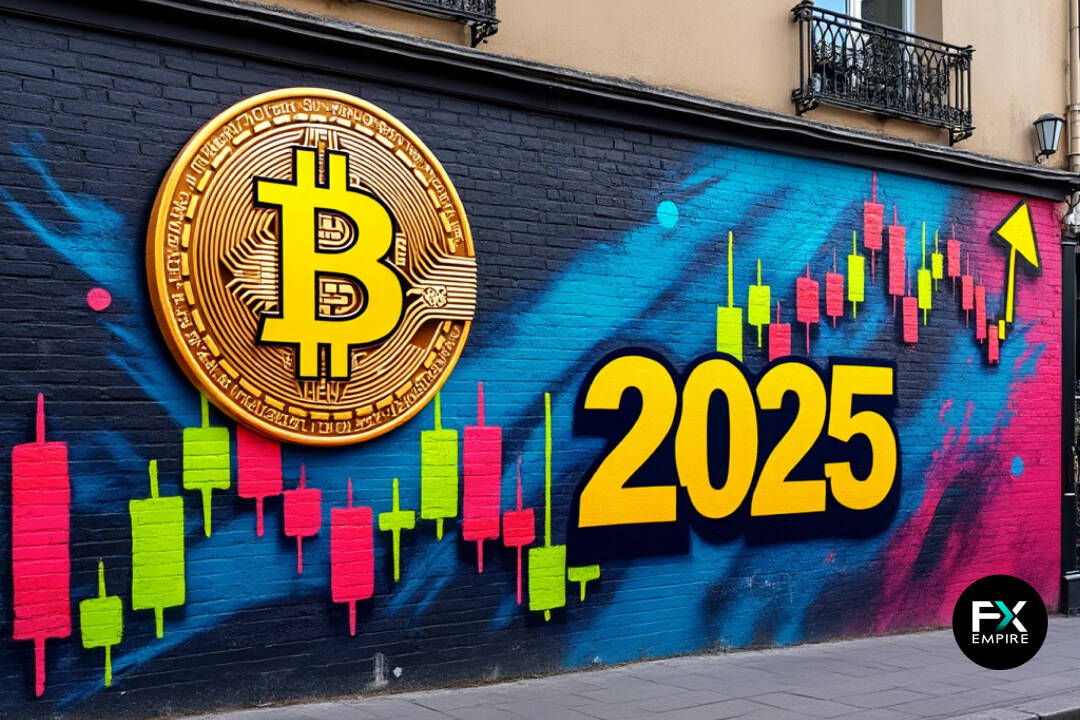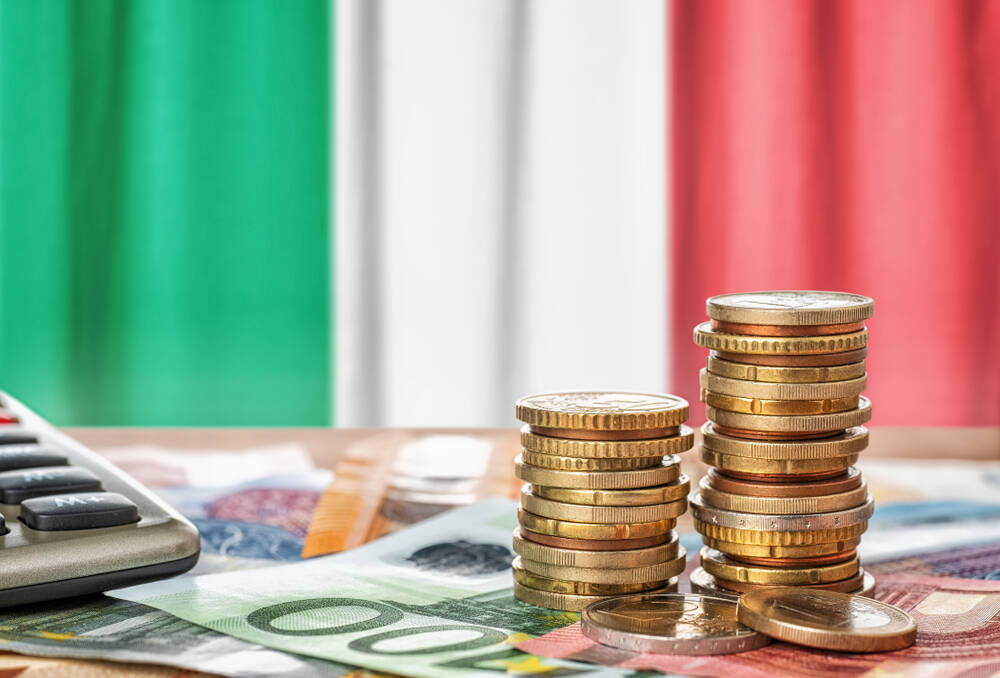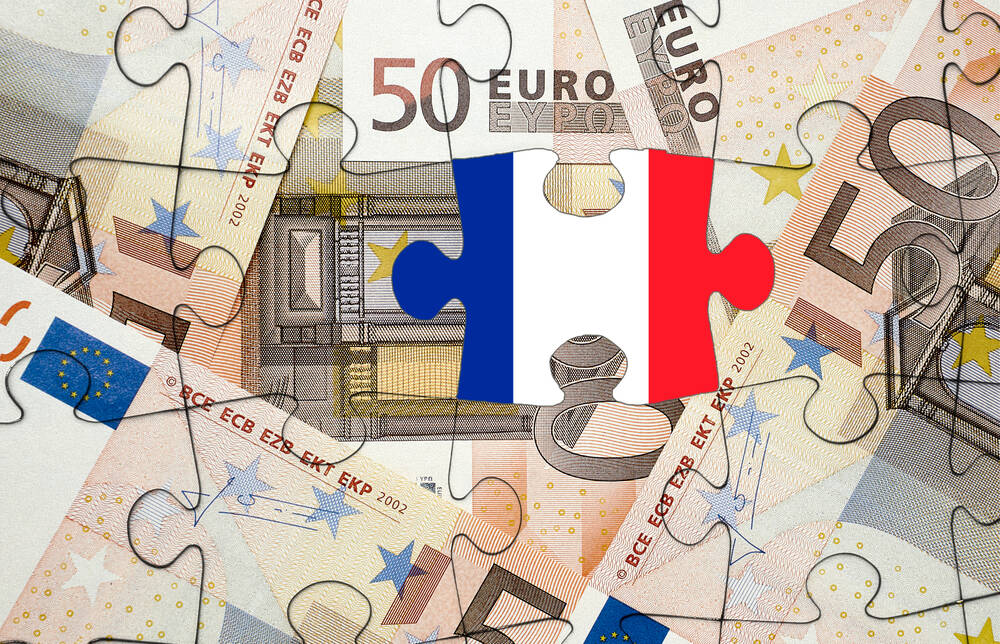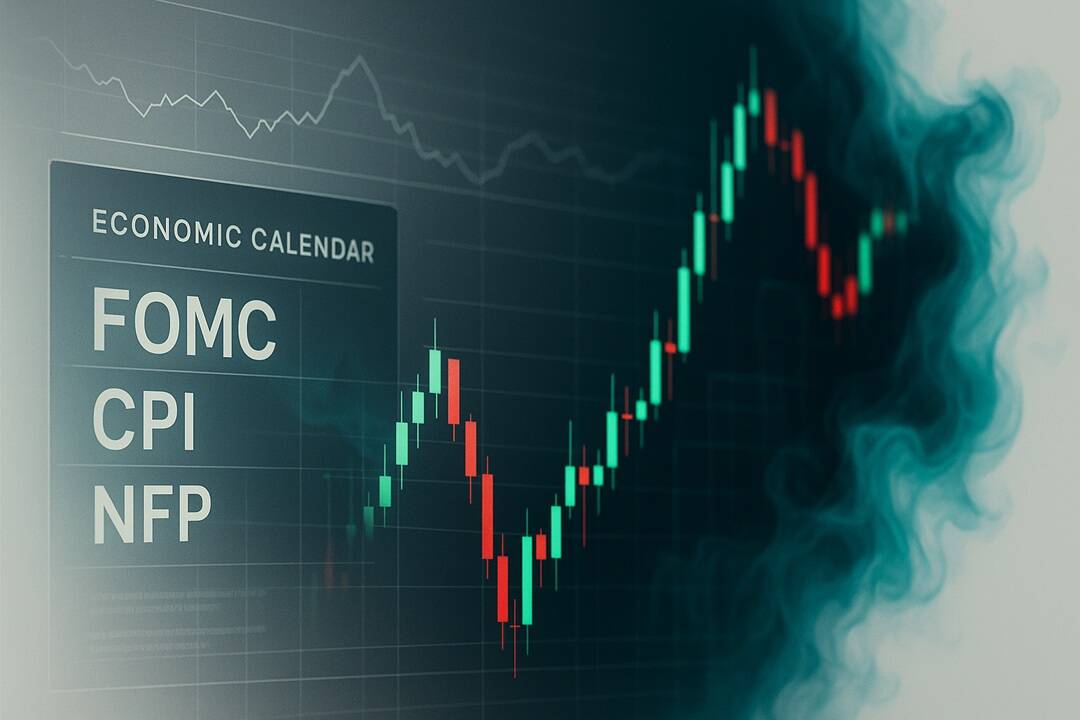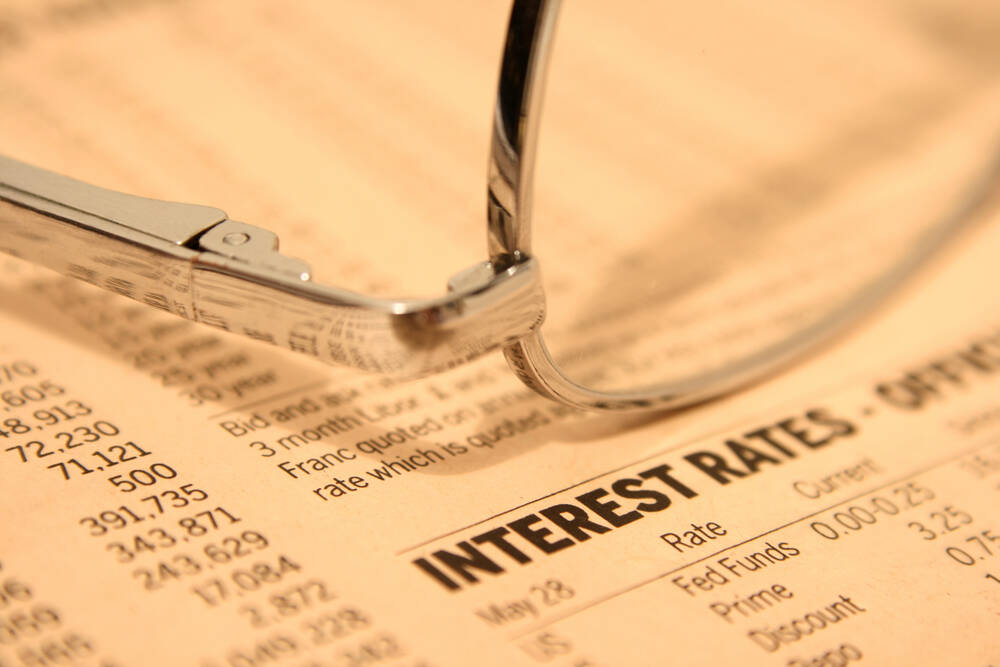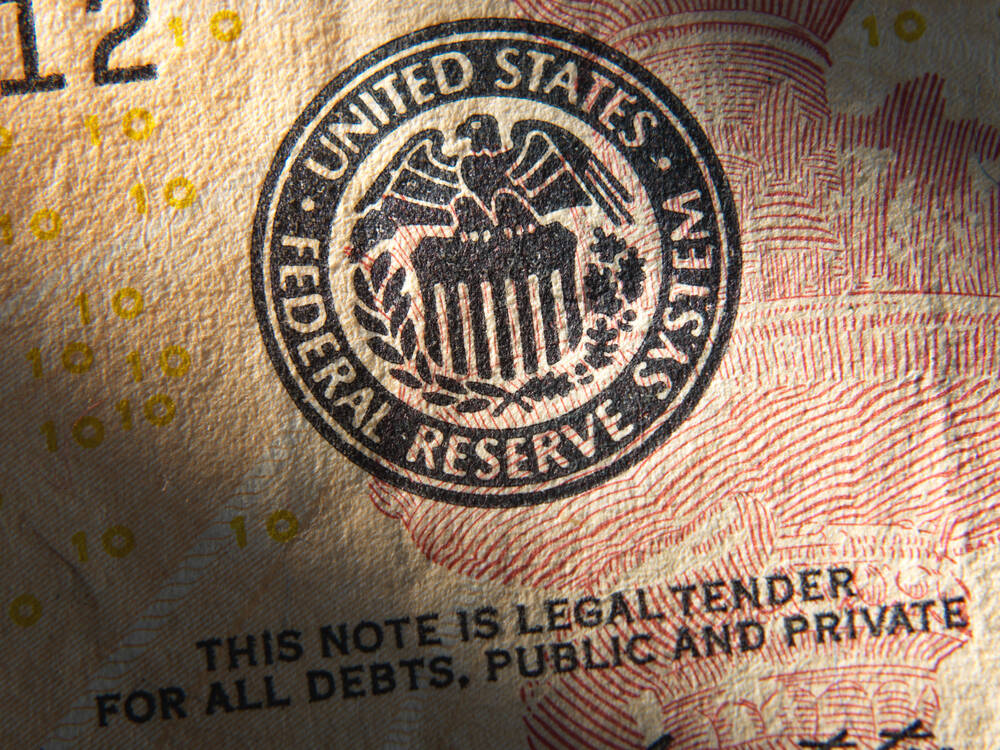Advertisement
Advertisement
Search Indicator:
Choose Country 
Switzerland Interest Rate
Last Release
Dec 11, 2025
Actual
0
Units In
%
Previous
0
Frequency
Daily
Next Release
N/A
Time to Release
N/A
Highest | Lowest | Average | Date Range | Source |
3.5 Jun 2000 | -0.75 Jan 2015 | 0.61 % | 2000-2025 | Swiss National Bank |
In Switzerland, interest rate decisions are taken by the Swiss National Bank. The official interest rate is the SNB policy rate. The SNB seeks to keep the secured short-term Swiss franc money market rates close to the SNB policy rate. SARON is the most representative of these rates today. As of 13 June 2019, the SNB policy rate replaced the target range for the three-month Swiss franc Libor (London Interbank Offered Rate) previously used in the SNB's monetary policy strategy. The reason for this adjustment was that the Libor was becoming less relevant as the most important reference rate owing to the absence of the underlying money market transactions. From 6 September 2011 to 15 January 2015, the main focus of implementation was on the minimum exchange rate of CHF 1.20 per euro, which the SNB enforced during this period. On 18 December 2014, the SNB decided to impose an interest rate of -0.25% on sight deposit account balances. With the announcement of a negative interest rate, the Libor target range used then was taken into negative territory for the first time, and extended to its usual width of 1 percentage point. On 15 January 2015, the SNB lowered the interest rate on sight deposits to -0.75% and moved the target range downwards to between -1.25% and -0.25%. Negative interest has applied since 22 January 2015 and currently corresponds to the SNB policy rate.
Latest Updates
The Swiss National Bank kept its policy rate at 0% during its final meeting of the year, retaining the 0.25 percentage point penalty on sight deposits above the set limit, and said it remains ready to intervene in foreign exchange markets if needed. Inflation remained muted, falling to 0.0% in November from 0.2% in August, driven by lower costs for hotels, rents, and clothing. The SNB projects inflation at 0.2% in 2025, 0.3% in 2026, and 0.6% in 2027, assuming the policy rate remains unchanged. Global growth exceeded expectations in Q3 2024 despite trade tensions, though risks from US tariffs and uncertain trade policies persist. Swiss GDP contracted in Q3, largely due to a pullback in pharmaceuticals after frontloaded US exports, while other manufacturing and services recorded modest gains. The SNB expects GDP growth of just under 1.5% in 2025, slowing to around 1% in 2026, with unemployment likely to rise modestly amid subdued economic activity.
Switzerland Interest Rate History
Last 12 readings
